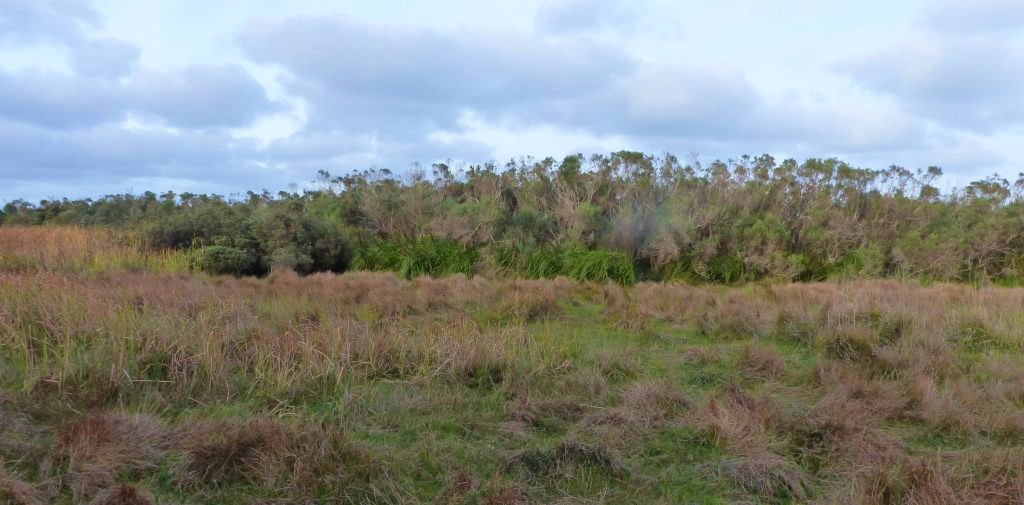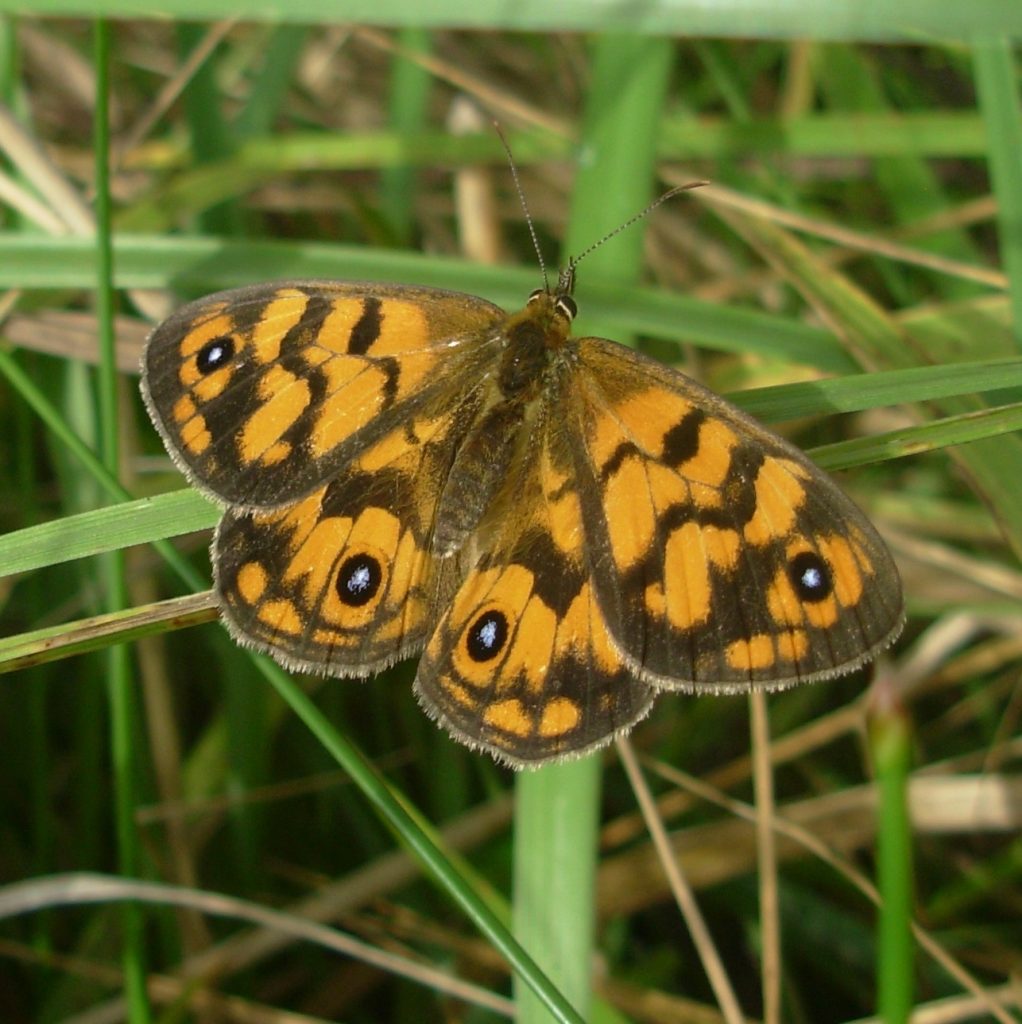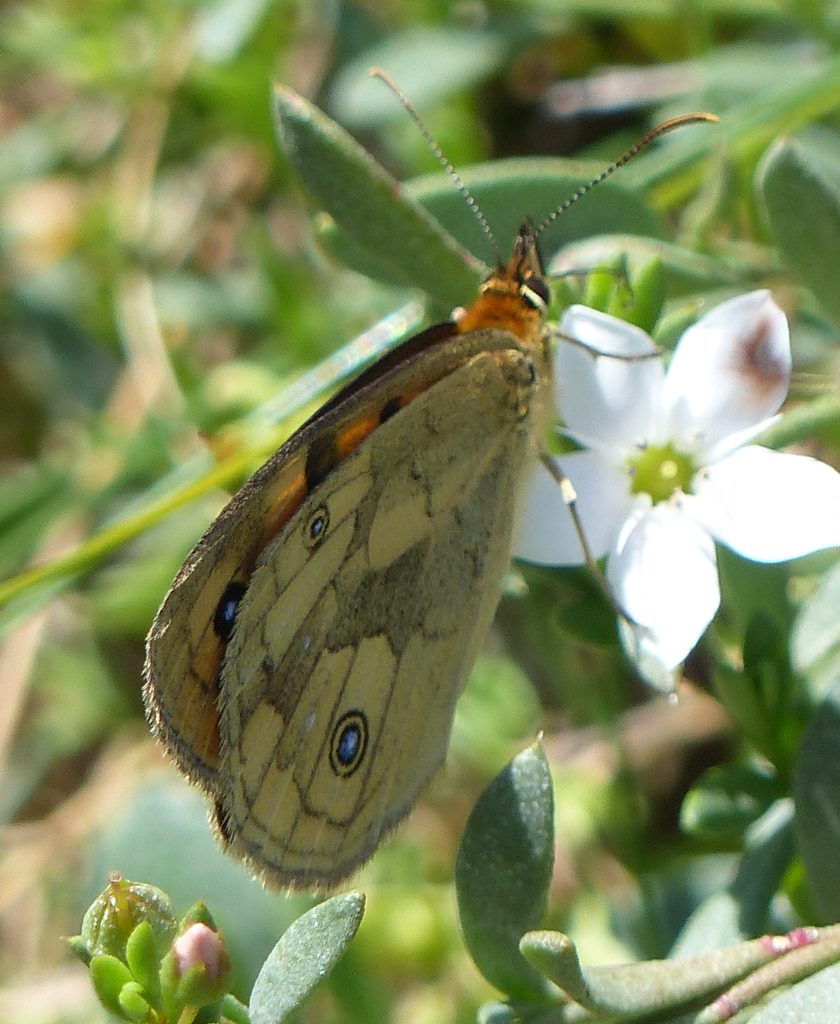Butterflies on the Brink: Bright-eyed Brown, Heteronympha cordace wilsoni
In October we brought you the first in a series entitled Butterflies on the Brink in which we’re showcasing the butterfly species most at risk of extinction in south-eastern mainland Australia. In this second installment, we are focussing on the Bright-eyed Brown (Heteronympha cordace wilsoni).
This small butterfly (from the Nymphalidae or ‘Brown’ family) is known to inhabit peat swamps in coastal and inland areas in the far south-east of South Australia and western Victoria – habitat that has been significantly reduced by wetland drainage and other factors since colonisation. The Bright-eyed Brown moves slowly through its thickly vegetated habitat, spending time mostly around the edges of wetlands. Males and females are similar, being predominantly orange and black with characteristic large black eyespots with beautiful pale blue centres.
The Bright-eyed Brown appears to be a habitat specialist, occurring in very limited areas of suitable wetland habitat over its small geographical range, and only where its larval host plant, tall sedge Carex appressa, is present. Adults are not known to fly far and generally only travel via connected dense tea-tree and sedgeland vegetation.
Like other wetland species, the Bright-eyed Brown is threatened by drainage, flooding (potentially through hydrological improvements), wildfire, cattle grazing, and fragmentation of habitat. It is suspected that this butterfly has poor dispersal ability, rendering isolated populations susceptible to extinction from poor connectivity and loss of genetic exchange. Only one population is known in South Australia, while Victorian sites are thought to be declining or extinct.
Bright-eyed Browns look similar to Marbled Xenica (Geitoneura klugii) and male Common Browns (Heteronympha merope); however, the striking eyespots and tiny pale blue spots on the underwing make for a spectacular sight if viewed at close range. They navigate their way through very dense habitat with ease, stopping for nectar at flowers close to the ground or on tree tree shrubs (Melaleuca and Leptospermum spp.). Often you can be watching one flutter by, then it will seemingly disappear into the thick vegetation!

It is possible that further, and as yet unrecorded, populations of Bright-eyed Browns may be identified as a result of future searching in likely locations. We urge private and public land managers to find out if you have a colony of Bright-eyed Browns before undertaking major changes to management, and we encourage anyone spending time in peat wetlands to keep an eye out for this rare and special butterfly!


